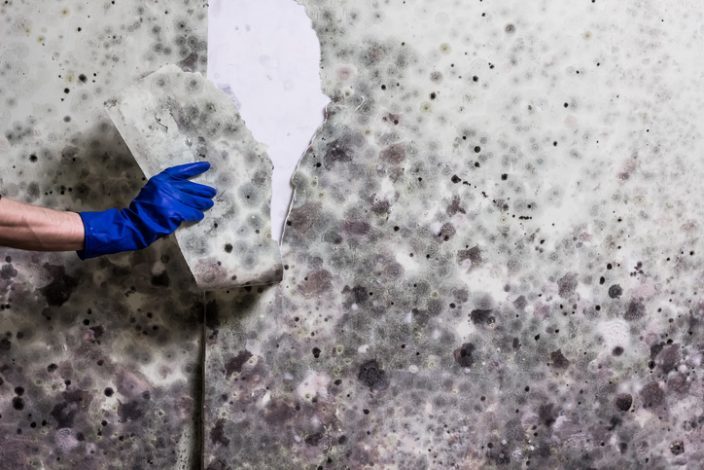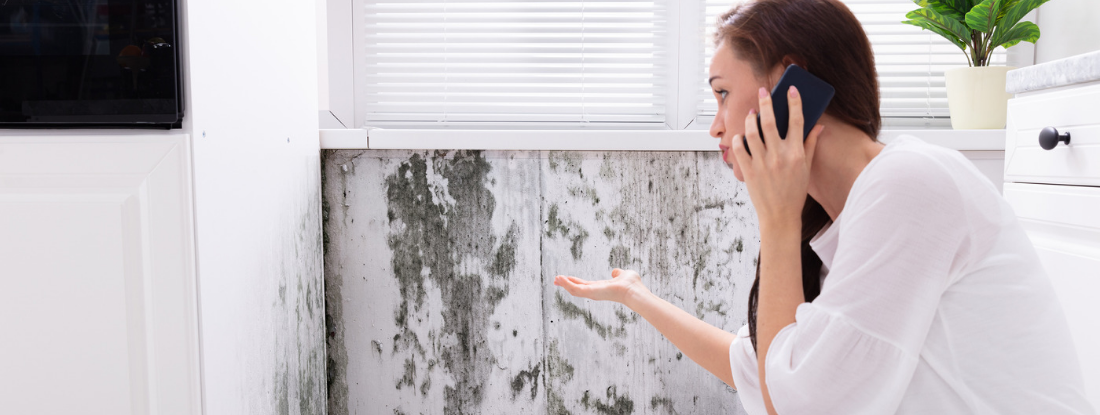Assistance on What to Do After Mold Remediation
Assistance on What to Do After Mold Remediation
Blog Article
Your Ultimate Overview to Article Mold Removal Methods
In the results of mold invasion, recognizing how to successfully eradicate the mold and mildew and prevent its reoccurrence is vital for keeping a healthy and balanced indoor atmosphere. From picking the ideal cleaning and decontaminating approaches to executing approaches for lasting mold and mildew prevention, each action in the removal trip plays an essential function in making certain a successful outcome.
Comprehending Post-Mold Remediation Process
After completing the mold and mildew removal procedure, it is vital to recognize the post-mold remediation techniques that are necessary to make sure a effective and comprehensive cleaning. When the mold and mildew has been removed, the following step involves cleaning and decontaminating the impacted locations to avoid any regrowth of mold and mildew. This includes making use of specialized cleansing agents to wipe down surfaces and eliminate any continuing to be mold and mildew spores. It is vital to dry the location completely to inhibit the growth of mold in the future (what to do after mold remediation). Appropriate air flow and dehumidification can help in this procedure.
Furthermore, carrying out a last assessment post-remediation is important to guarantee that all mold and mildew has actually been successfully eliminated. This inspection must entail an extensive aesthetic check along with possibly air tasting to confirm the absence of mold spores in the air. If the examination discloses any lingering mold and mildew, additional removal may be essential. Educating residents on preventive steps such as controlling moisture levels and immediately attending to any type of water leaks can help maintain a mold-free setting.
Effective Cleansing and Decontaminating Approaches

Preventing Future Mold And Mildew Development

Relevance of Correct Ventilation
Proper ventilation plays a crucial duty in stopping dampness accumulation, a key consider mold and mildew growth within interior environments. Efficient ventilation systems aid eliminate excess humidity from the air, lowering the opportunities of mold spores finding the wetness they require to germinate and spread out. Without appropriate air flow, indoor areas can become a reproduction ground for mold and mildew, resulting in possible health dangers and architectural damages.
By guaranteeing correct air blood circulation, air flow systems can also help in drying out wet locations much more swiftly after water damages or flooding incidents, even more recommended you read preventing mold and mildew development. After mold remediation. In spaces like restrooms, basements, kitchens, and attics where wetness levels tend to be greater, mounting and preserving reliable ventilation systems is important in protecting against mold and mildew invasions

Surveillance and Maintenance Tips
Given the critical duty that proper air flow plays in stopping mold development, it is imperative to develop efficient monitoring and maintenance pointers to make certain the continued performance of air flow systems. Routine assessments of ventilation systems should be performed to look for any type of indications of blockages, leakages, or malfunctions that could impede correct air movement. Tracking moisture levels within the residential property is also critical, as high humidity can add to mold development. Installing a hygrometer can assist track humidity levels and sharp property owners to any kind of spikes that may need focus. Furthermore, making certain that air filters are frequently cleansed or replaced is necessary for maintaining the performance of the ventilation system. Executing a routine for regular upkeep tasks, such as duct cleansing and HVAC system evaluations, can aid avoid problems before they intensify. By remaining conscientious and proactive to the condition of ventilation systems, home owners can successfully reduce the risk of mold regrowth and maintain a healthy indoor atmosphere.
Verdict
Finally, post-mold remediation techniques are essential for making certain a tidy and risk-free environment. Recognizing the process, implementing reliable cleansing and disinfecting approaches, Find Out More avoiding future mold development, maintaining correct ventilation, and regular tracking are all essential action in the remediation procedure. By complying with these standards, you can effectively remove mold and stop its return, promoting a healthy and balanced living or working room for all residents.
In the results of mold problem, understanding just how to efficiently get rid of the mold and avoid its reoccurrence is critical for preserving a healthy interior environment. When the mold and mildew has been eliminated, the following action involves cleansing and decontaminating the affected areas to protect against any type of regrowth of mold and mildew - what to do after mold remediation. After removing visible mold and mildew development, it is essential to clean up all surface areas in the damaged location to eliminate any staying mold spores. To even more improve mold avoidance steps, it is crucial to deal with underlying concerns that originally led to mold advancement.Provided the essential role that proper air flow plays in preventing mold development, it is necessary to establish effective surveillance and upkeep tips to ensure the ongoing capability of air flow systems
Report this page